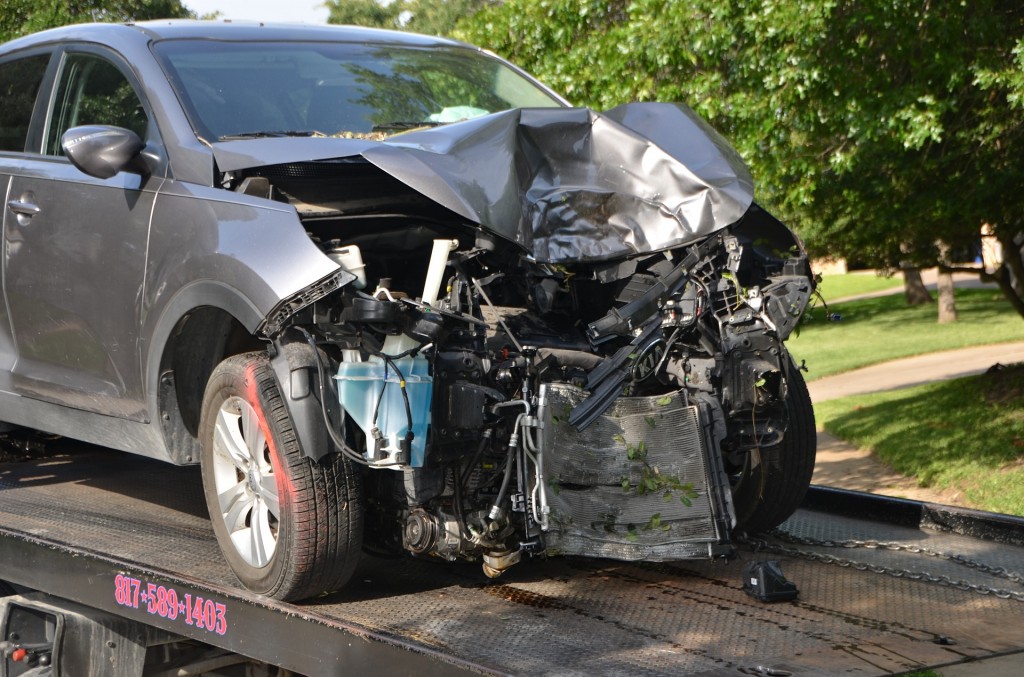Drunk driving is dangerous, sometimes even deadly. No one is arguing that fact. However, there are certain factors that can make a bad situation worse, and one of them is speed. Like the article we wrote a few months back about night driving and how drunk driving fatalities increase with darkness, so speed can add another layer to an already deadly cocktail, pardon the pun. Let’s start with a few basics.
Kinetic Energy
Kinetic energy is the energy of a body in motion. This energy can be transferred to another body when the two collide. Think about what happens when a pool ball strikes other balls on the billiard table. The more energy the ball has, the greater the force of impact when the ball strikes. You’ve probably seen a ball rolling very slowly toward another grouping of balls – now imagine that ball travelling at 75 or 80 MPH!
The same concept can be applied to a car crash. Kinetic energy from a moving car is transferred to another vehicle or object on contact. The danger here is that even a small increase in vehicle speed will mean much greater impact force. Driver’s under the influence of alcohol or drugs are not in total control of their vehicles, nor are they likely to make wise choices about the speed that they travel at. This is why drunk driving crashes are often so deadly.
The Law of Motion
According to Newton’s first law of motion, an object that in motion will not change speed (or stop) until it’s acted on by another force. When driving a car, you use your brakes to apply the force of friction to the wheels. This allows you to slow down so that you can safely come to a stop. If you drove your car straight into a wall, you would stop suddenly and there would be a lot of damage! The higher the speed, the greater the damage. Consider this as it applies to drunk drivers travelling at high speeds.
Reaction Distance
The catch is to see the wall and apply the brakes before you get there. However, before you can start braking to avoid a hazard, you must first see the hazard and react to it. While this mental process is taking place, your car will keep traveling. The distance your vehicle travels is called reaction distance, and it’s based on the average human reaction time which is 3/4 second. Under the influence of alcohol or drugs however, a person’s reaction time is considerably slower! Unfortunately, too many people here in Michigan drive under the influence of alcohol or drugs.
Reaction distance is calculated using a simple formula: Reaction distance = vehicle speed x 2.2
Now apply that to driving. You’re travelling at 60 MPH and you spot a broken down vehicle in the middle of the road. Your car will cover another 132 feet of reaction distance before you hit the brakes (60 X 2.2 = 132). And that’s if you’re sober and your reaction time is normal. If you’re intoxicated, chances are you’re going to spend a lot longer considering that broken down car before your brain determines the right response and get’s your body to follow instructions.
Braking Distance
Braking distance is how far your car will travel once you’ve applied the brakes. Think about it: Your car doesn’t stop instantly, it just begins to slow down. It still has some distance to cover before it comes to a complete stop. Braking distance is affected by many factors, including the condition of the car’s braking system, weather conditions, road conditions and even the hydraulic properties of the brake fluid. Adding alcohol or drugs into the mix makes the outcome even less likely!
That may have seemed like a rather long lesson in physics just to prove a point, but it’s a very important point! There are many factors that influence your behavior and reaction time while you are behind the wheel of a vehicle. Many of them you cannot control. Some of them you can account for, but even that doesn’t completely remove them as potential issues. Alcohol and drugs, however, are completely within your scope of control.
So if there is one thing we want our readers to take away from this, it’s that speed and intoxication don’t mix! On that note, we encourage all of our readers to take extra care with their speed when driving. If you are sober, then take care and pay attention to the posted speed limits. However, if you have been drinking, please call a cab, call a friend, or if there is no way for you to get home safely, consider sleeping it off in the backseat of your car with the keys in your pocket.
The skilled drunk driving defense attorneys at The Kronzek Firm have decades of experience helping the people of mid-Michigan to fight DUI charges. If you or a loved one have been accused of drunk or drugged driving, contact us immediately at 866-766-5245. We have helped hundreds of people over the years, and we can help you too.




